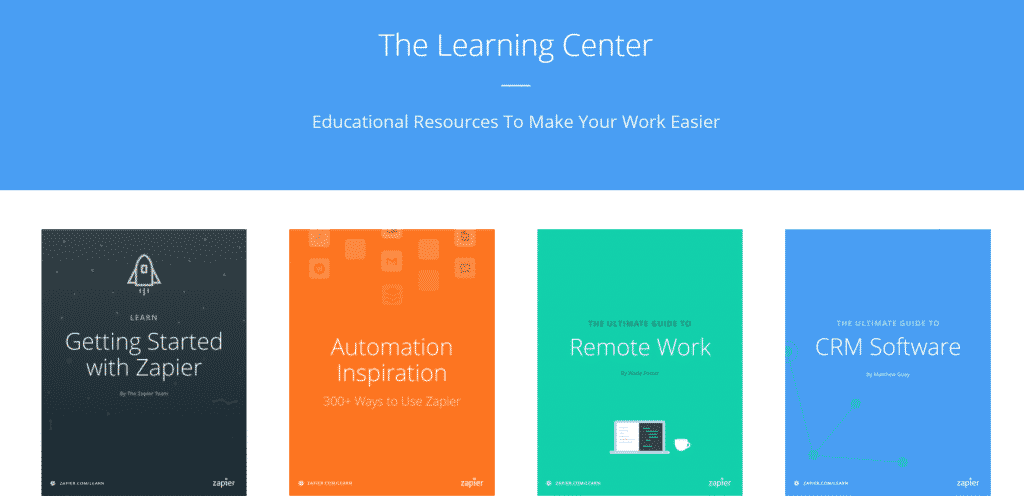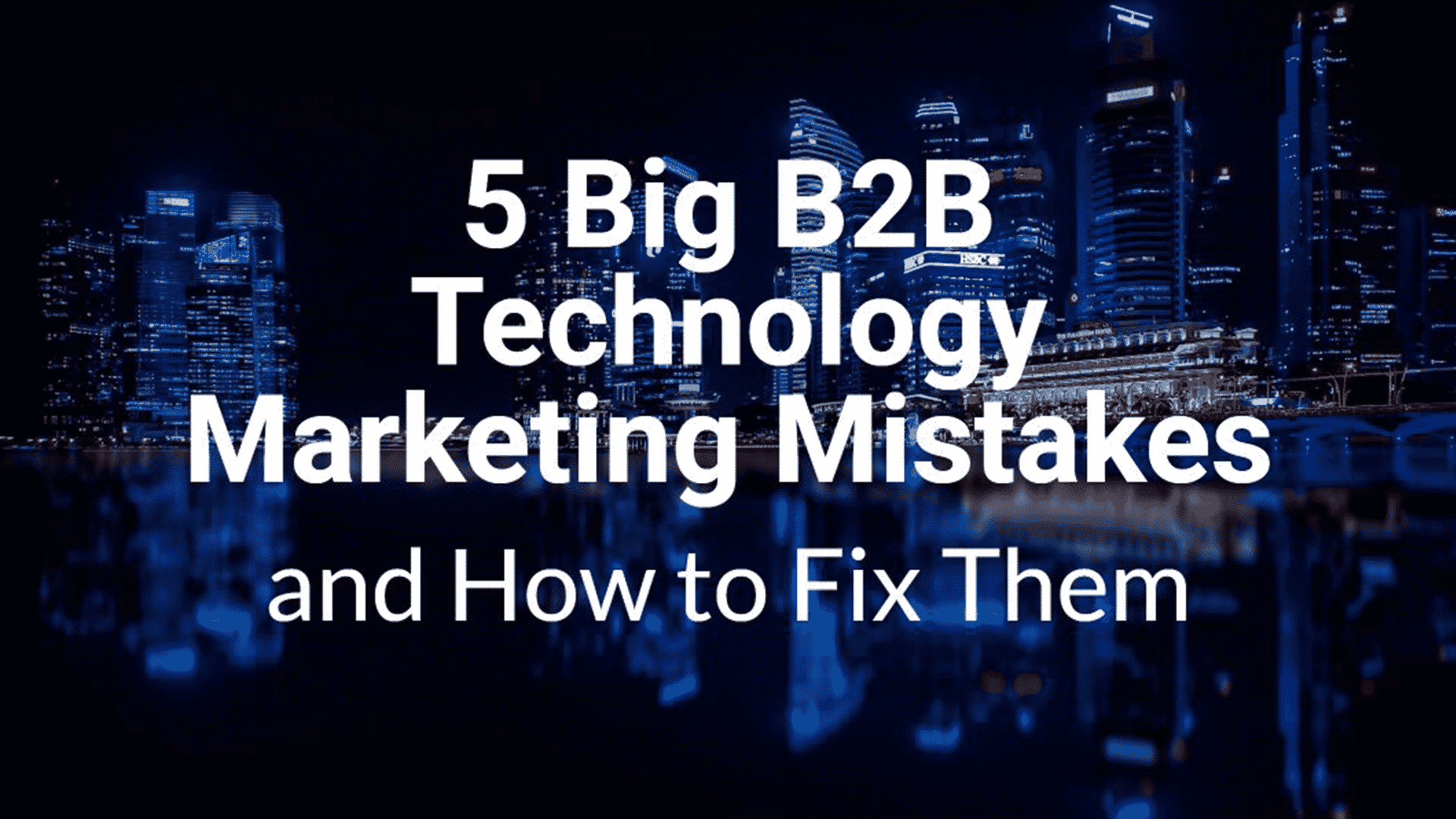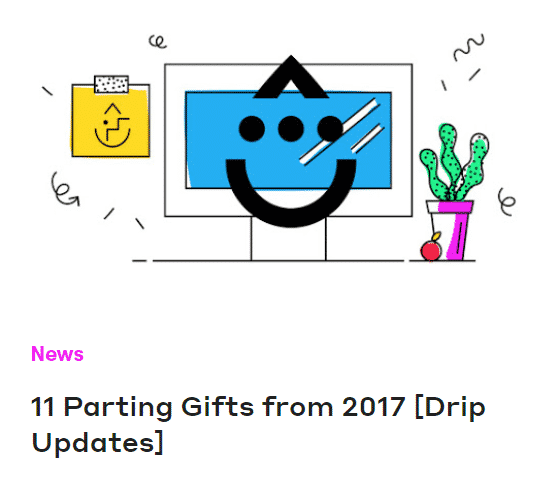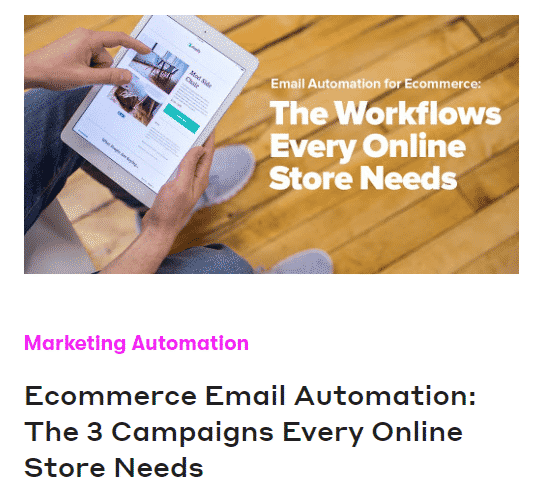Content marketing is an incredibly powerful tool in persuading your prospect to consider your service or product offering.
Research shows that 51% of B2B buyers use content when making their buying decisions, and 47% consume between three and five pieces of content before engaging with a sales rep.
Those stats represent a huge opportunity for technology companies and organizations.
In my line of work, I see a lot of different content marketing strategies and tactics. Some are definitely winners, while others are … not.
When it comes to B2B marketing in the tech sector, everyone’s got their pet peeves. In this post, I’m going to talk about the five biggest mistakes I see B2B marketers making — and how to fix them.
Mistake #1: Not Starting with a Strategy
You know that old adage: “If you’re failing to plan, you’re planning to fail.” It might sound like a cliché, but in the world of B2B marketing it’s absolutely true.
Content marketing is a long game to begin with, and with the longer sales cycle in B2B, it can take time to see results. Although 89% of B2B marketers say they use content marketing to reach their target audience, only 41% say they know what success looks like for their content marketing efforts.
 Source: Content Marketing Institute
Source: Content Marketing Institute
You need clearly-defined objectives and a plan to meet them.
Start with your end goal in mind (for example, generate more leads), and work backwards.
Do you know who you’re writing for, and what they care about? What kind of content do they want to consume, and when? And most importantly, how will you measure success? These are critical questions to answer when you’re planning your content efforts. Anything else is a shot in the dark, and it usually shows in the results. So begin with a plan that’s tied to your business objectives, and make sure it’s solid before you write a single word.
Mistake #2: Not Segmenting Your Audience
We all like to think we know our audience — after all, whose problems are we trying to solve? We even go so far as to develop buyer personas to help us focus on likely pain points and hidden desires.
It’s pretty straightforward in B2C marketing. You might be selling to more than one audience, but you’re usually dealing with only one decision-maker — the consumer. But as all B2B marketers know, there are usually multiple decision-makers involved in the B2B sales cycle — and they all wear different hats. So while the CEO may be the person who signs off on the purchase order, there are many other individuals who need to buy in along the way.
You need to talk to all those people too.
According to a recent survey, 78% of B2B marketers believe that understanding the customer journey is critical to their success. And 77% said that mapping the right content asset to each stage of that journey is a key part of that strategy.
But is your content addressing the different stakeholders along the buyer’s journey?
For example, one of my clients (a software company), published a series of blog posts on how to negotiate with your boss, and get buy-in on your ideas. The articles recognized that although the reader might not have purchasing authority, they might still have influence.
Make sure you understand who has input on the buying decision, and don’t overlook that audience. They might turn out to be your biggest champions.
Mistake #3: Not Publishing Regularly
This is a tricky one. How much content is enough? How much is too much?
While I’m a big believer in quality over quantity, I also know that it’s important to stay in front of your audience to build that relationship of trust. This is especially true at the top of the sales funnel, where your prospects are likely in a stage of lesser awareness.
The key is to consistently publish content that informs your reader, without always asking for anything substantial in return.
Keep in mind that great content builds a long-term relationship with your audience — so you don’t always have to be selling in your content.
Don’t hesitate to mention your product when it makes sense, however — when it fits naturally into the helpful content you’re producing. The advantage is that when you do publish content that more directly asks for the sale, it won’t come out of the blue, or seem self-serving.
When you provide a steady stream of content that is truly valuable to your target audience, your brand and voice become familiar and asking for the sale doesn’t feel so pushy.
Look at the sly, yet totally organic way Evernote includes a mention of their product in this post.

A word of caution here: Publishing regularly should be part of your overall strategy, not merely a tactic (see Mistake #1). Quantity is not the same as quality, and focusing on volume alone often leads to burn out — on both sides of the relationship. Plan out a publishing cadence that you know you can sustain, and more importantly, map out your content so that you have a holistic view of what you’re trying to impart.
Mistake #4: Not Helping Your Audience
Publishing content regularly is a commitment. But it’ll be wasted effort if you keep producing new content just to meet a deadline, without tailoring it what your audience actually needs or wants to know about.
Your content shouldn’t just be informative. It should be helpful.
Too many companies get this wrong. Some publish “fluffy” pieces that might be a fun read, but offer no practical insights on how a topic might affect the audience. Others focus on bottom-of-the-funnel content — extremely technical pieces that assume a high state of awareness (and interest) in the reader.
When you provide content that teaches your prospects something new about their industry, or gives them actionable advice on how to address a challenge, you position yourself as a trusted resource. You become their ally.
Zapier is a great example of this. They not only have an extremely helpful (and fun) blog, they also have a large collection of high-value guides.

Great content that answers the questions your prospect has in their head is really the start of a conversation. They’re not likely to take that next step in the buyer’s journey if they don’t feel you understand them or their problems. So help them.
Mistake #5: Not Creating Evergreen Content
Finally, let’s look at another unfortunate side-effect of constantly churning out content without a plan.
In the pursuit of SEO, too many marketers get stuck on a hamster wheel of publishing new post after new post, in the hopes of climbing up that all-important first page of search engine results. The problem is that content created solely for the purpose of “showing up” can quickly become irrelevant if it isn’t detailed, or doesn’t solve a problem.
So all the effort that goes into creating it ends up going to waste.
The antidote?
Evergreen content.
Evergreen content is content that doesn’t go out of date. It’s as relevant months, even years down the road as the day you first published it. When done right, it continues to drive traffic back to your site and stays high on search engine results pages.
The best evergreen content goes beyond the surface of the topic it covers. It addresses a common problem for your audience, and provides actionable information on how to solve it. And it builds your business’s credibility along the way.
Look at these two posts from Drip, a popular email marketing automation company. Which do you think is going to produce the longest-term value?
To build out your own library of evergreen content, start by digging into the most frequently asked questions in your industry. Are there common scenarios that come up again and again for your audience? Something that everyone in your niche seems to struggle with? Content that addresses those pain points effectively will pay for itself many times over. And you’ll be setting yourself up as an authority in the process.
Wrapping Up
So there you have it — my list of top five mistakes that B2B marketers can stop making now to see a greater return on their marketing efforts. To recap, if you make sure you do the following things, you’ll be in a much better position to see results:
- Start (and stick) with a plan
- Know who’s at the decision table
- Show up on the regular
- Be helpful
- Create a library of lasting content
This is not rocket science. It’s just putting your buyers at the center of your marketing efforts, in a way that recognizes what they need (instead of only what you want them to do). Everybody wins.


